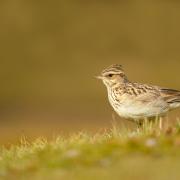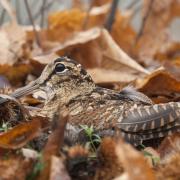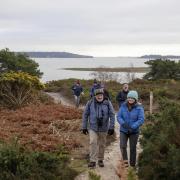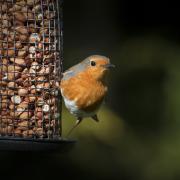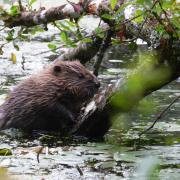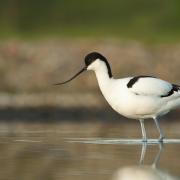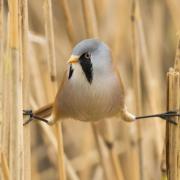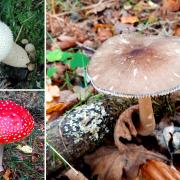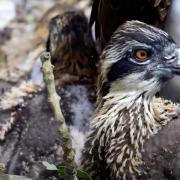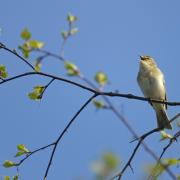This ancient woodland reserve is home to a dazzling array of flora and fauna from rare bats and butterflies to goldilocks buttercups and spotted-fly catchers
At a small nature reserve in the north west of the county it may come as a surprise to learn that you could find town-hall clocks and yellow archangels. Botanists will explain that the former belongs to the attractive moschatel family, a perennial with greenish flowers, and the latter is a member of the aromatic labiate family, with red-streaked butter-coloured flowers.
This flora is found in the flower-rich meadow and adjoining ancient woodland that together form Hibbitt Woods, a Dorset Wildlife Trust (DWT) nature reserve of 9 ha (22 acres), near Halstock. Situated just south of Sutton Bingham reservoir and Yeovil, it is little over a mile from the Somerset border and was donated to DWT in 2008.
This quiet, off the beaten track yet readily accessible, nature reserve is well worth exploring, being a haven for wildlife, with its huge variety of wildflowers, especially in spring. The reserve contains an impressive display of wildflowers, and other intriguing-sounding flora, such as goldilocks buttercup, common fleabane and devil’s-bit scabious; also found there is the uncommon adder’s tongue fern. From mid April onwards the woodland area is carpeted with bluebells and other beautiful late spring flora, including early purple, common spotted and bird’s-nest orchids.
The old broad-leaved woodland area provides home for a variety of bats including the brown long-eared, natterer’s, noctules and soprano pipistrelles. The other elusive and mainly nocturnal creatures that are present here are dormice. DWT have recently installed boxes on the reserve and the first occupants have already been recorded.
In late summer a few alpacas graze the meadow, sometimes in company with sheep. With their soft padded feet the alpacas tend not to damage the ground, and although they are there principally to graze late growth, and like sheep, they are browsers so are useful in keeping unwanted encroaching plants in check.
Hibbett Woods is home to many breeding birds such as the bullfinch, song thrush and the constantly-active spotted flycatcher. This last should be expected to return early next month, having winged its way some 4000 or more miles from its warmer sub-equatorial African quarters. Amongst the wealth of wildlife at this nature reserve are several species of butterfly. The silver-washed fritillary can be seen in July, swooping around the edges of the wood and the paths. Also look out for meadow brown, marbled white and ringlet in the meadow.
Giles Harbottle








